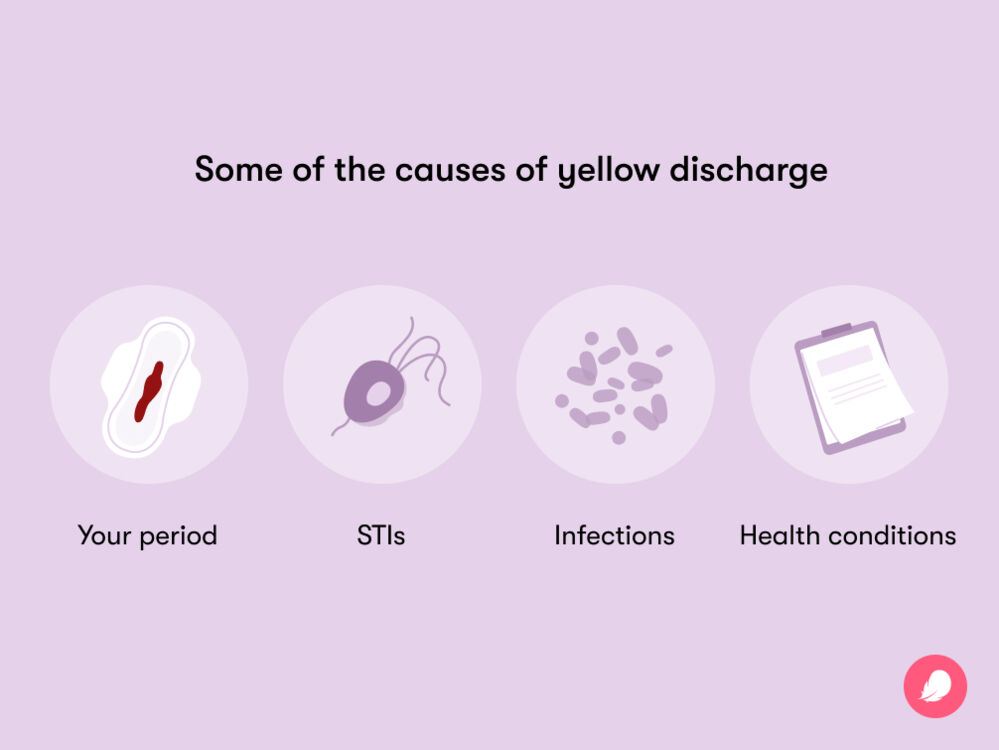Key takeaways
- You may notice your vaginal discharge changes throughout your cycle, and generally speaking, slightly yellow discharge is harmless and healthy.
- However, when it’s accompanied by symptoms like a foul smell, burning, itching, and pain or discomfort, yellow discharge could be a sign of an infection.
- Tracking your discharge (its color, volume, and odor) is the best way to know what is normal for your body and to spot when something isn’t quite right.
What is yellow vaginal discharge?
You might have noticed discharge in your underwear before. The fluid, which can sometimes appear sticky, creamy, or watery and be translucent or white, is totally natural and one of the ways your vagina stays clean, lubricated, and protected from harmful bacteria. But what if you notice a change in the color of your discharge?
Although whitish or clear discharge is typical, you might also experience a creamy yellow discharge. If this light yellow discharge is your usual color and you have no other symptoms — such as a foul or fishy smell, itching, or pain — then there’s no need for concern. But if you do have symptoms, then read on to find out what they might signal and when to speak to a doctor.


